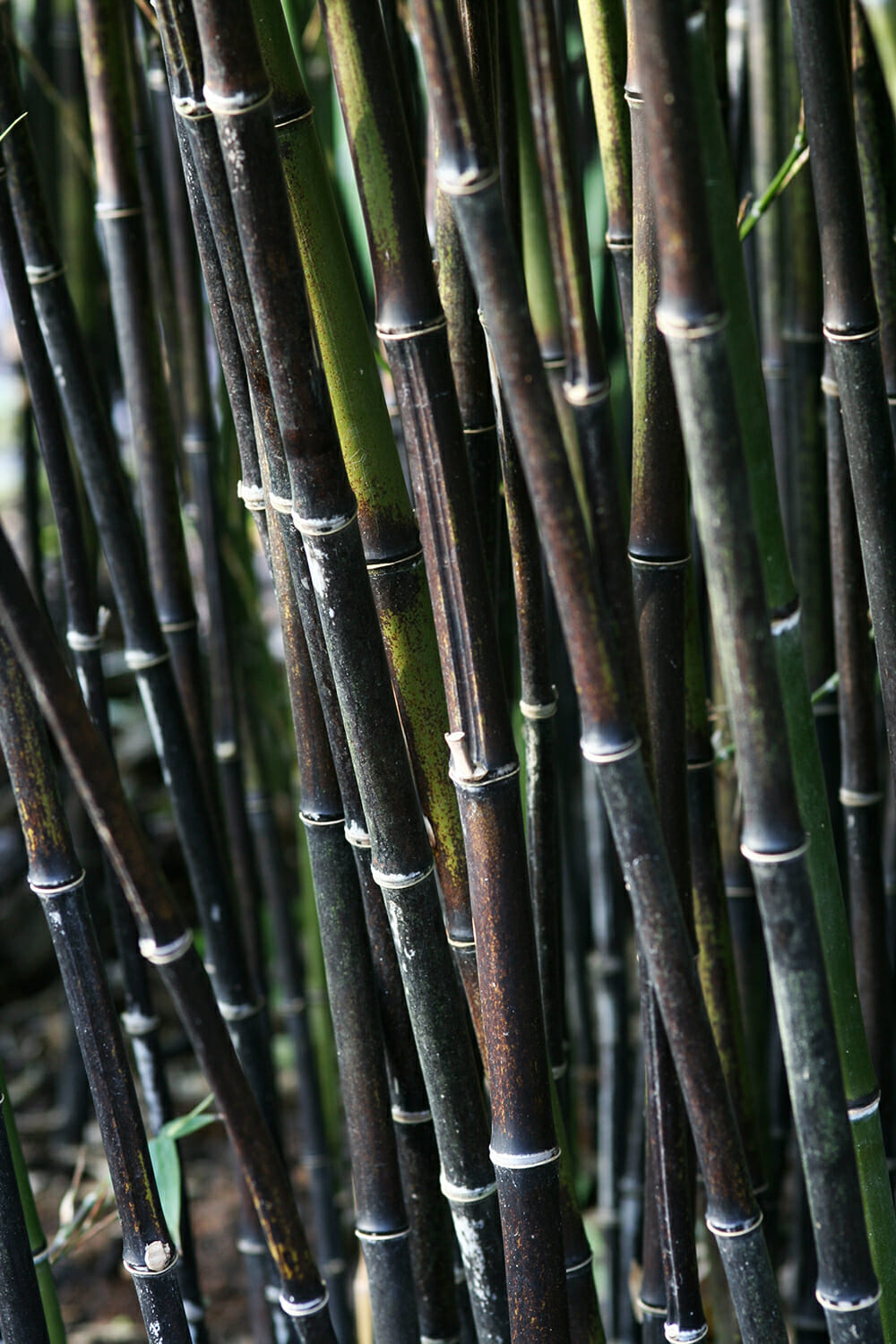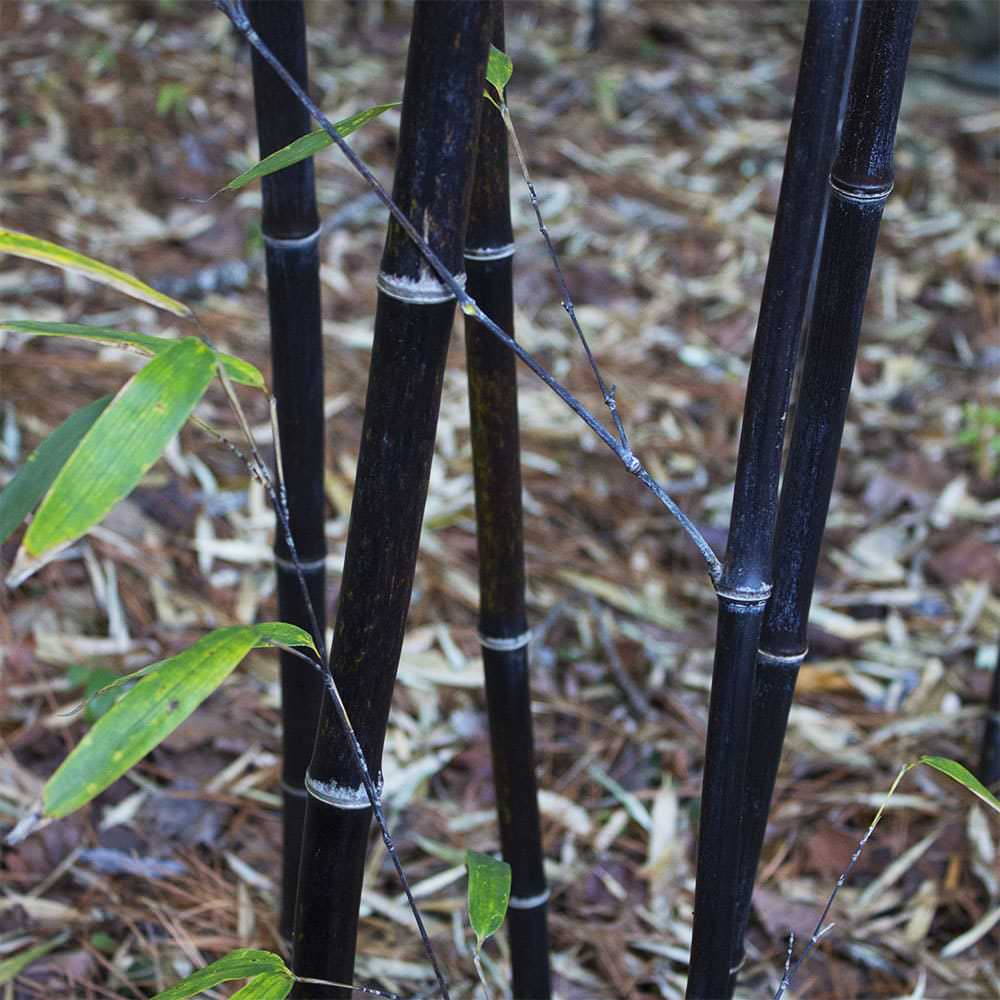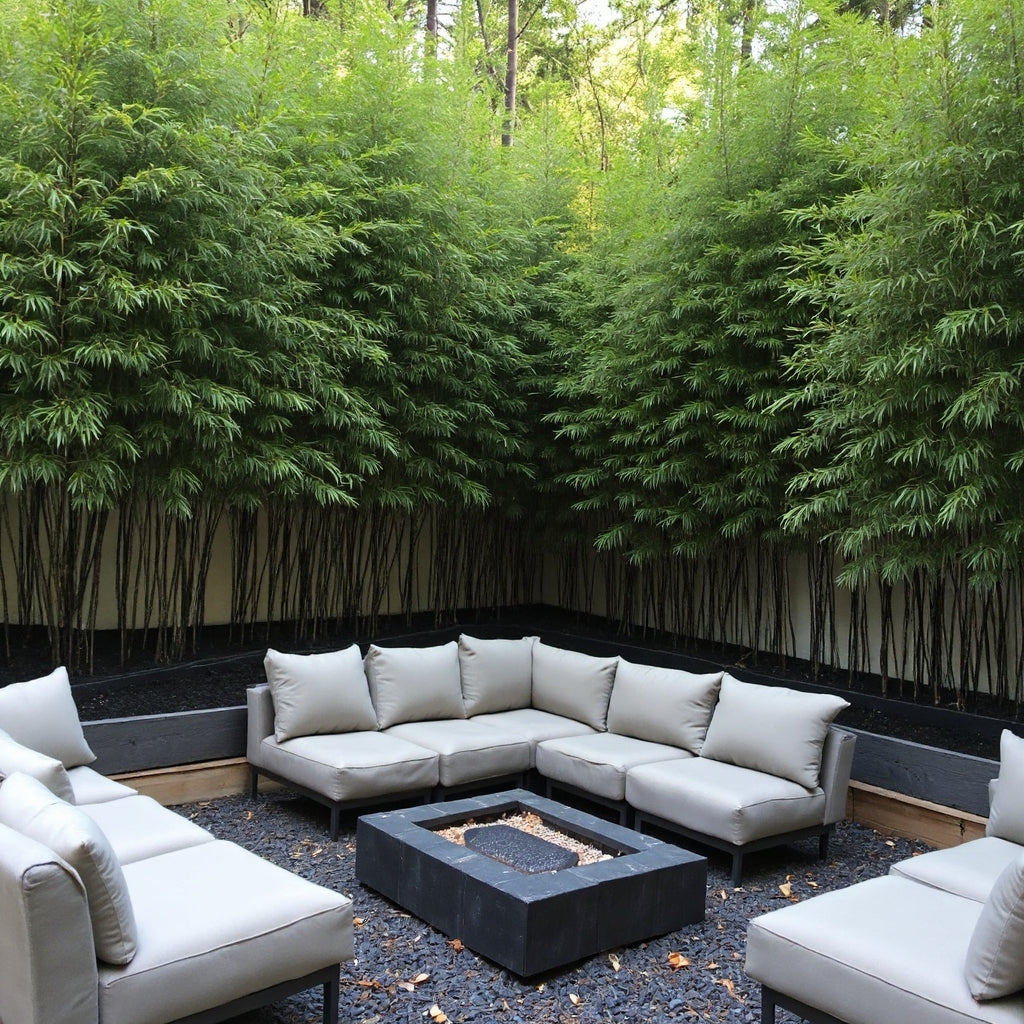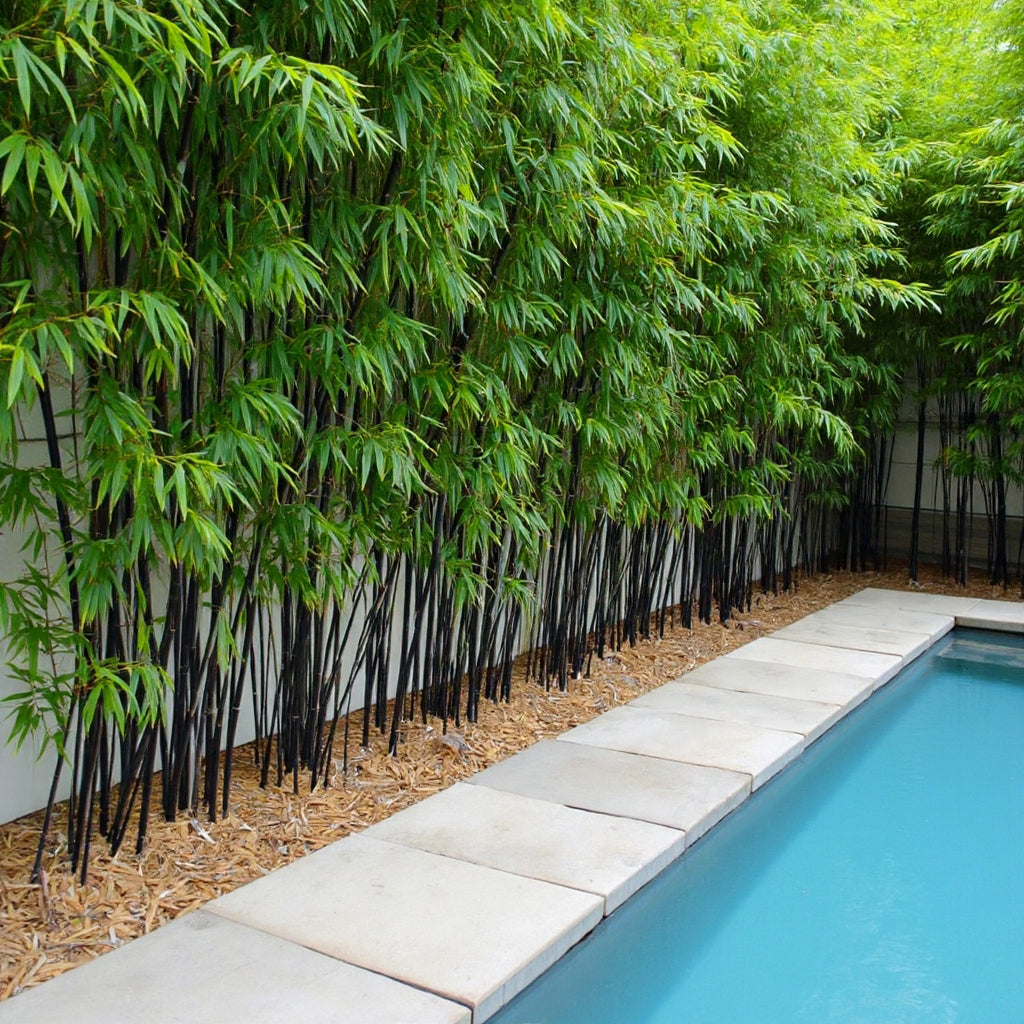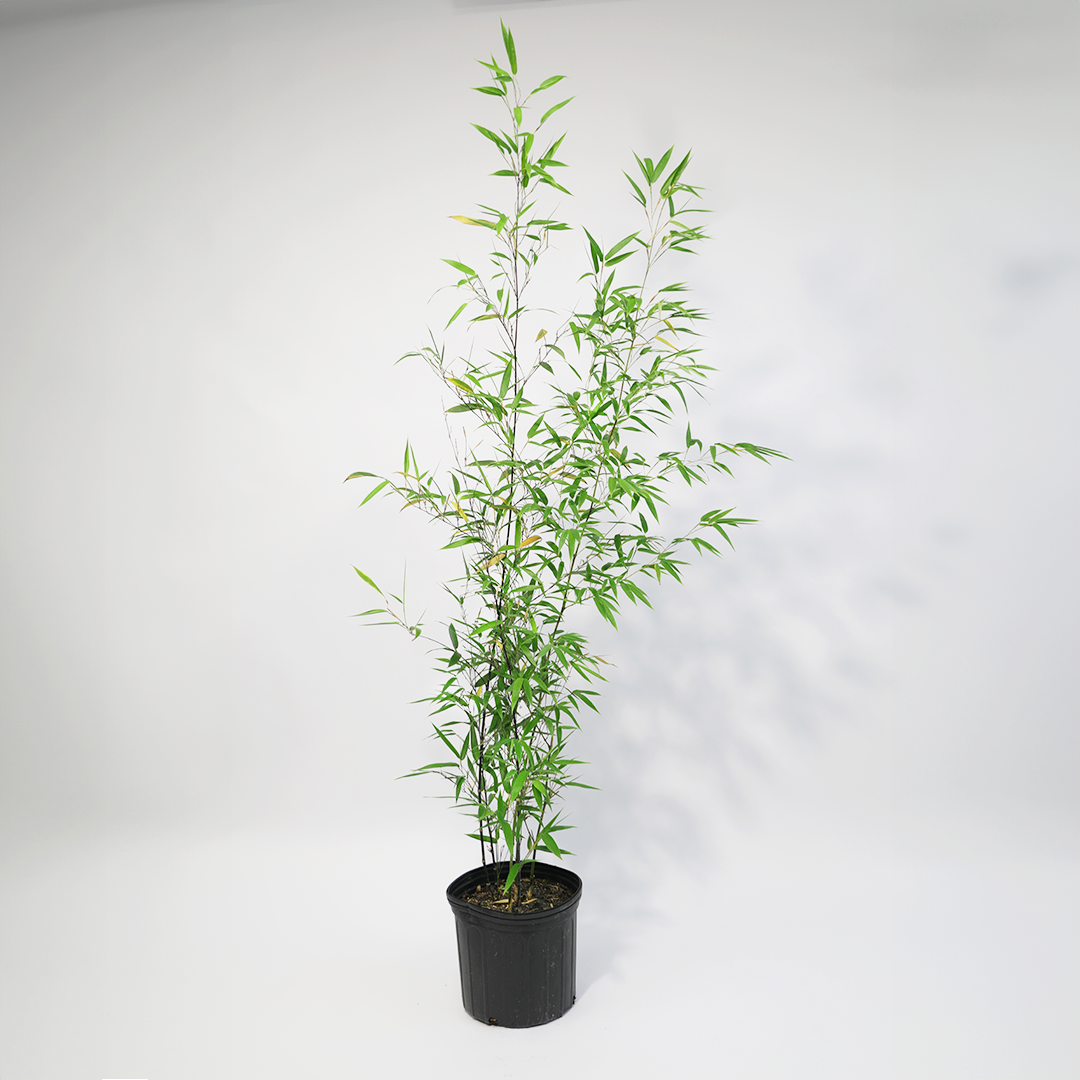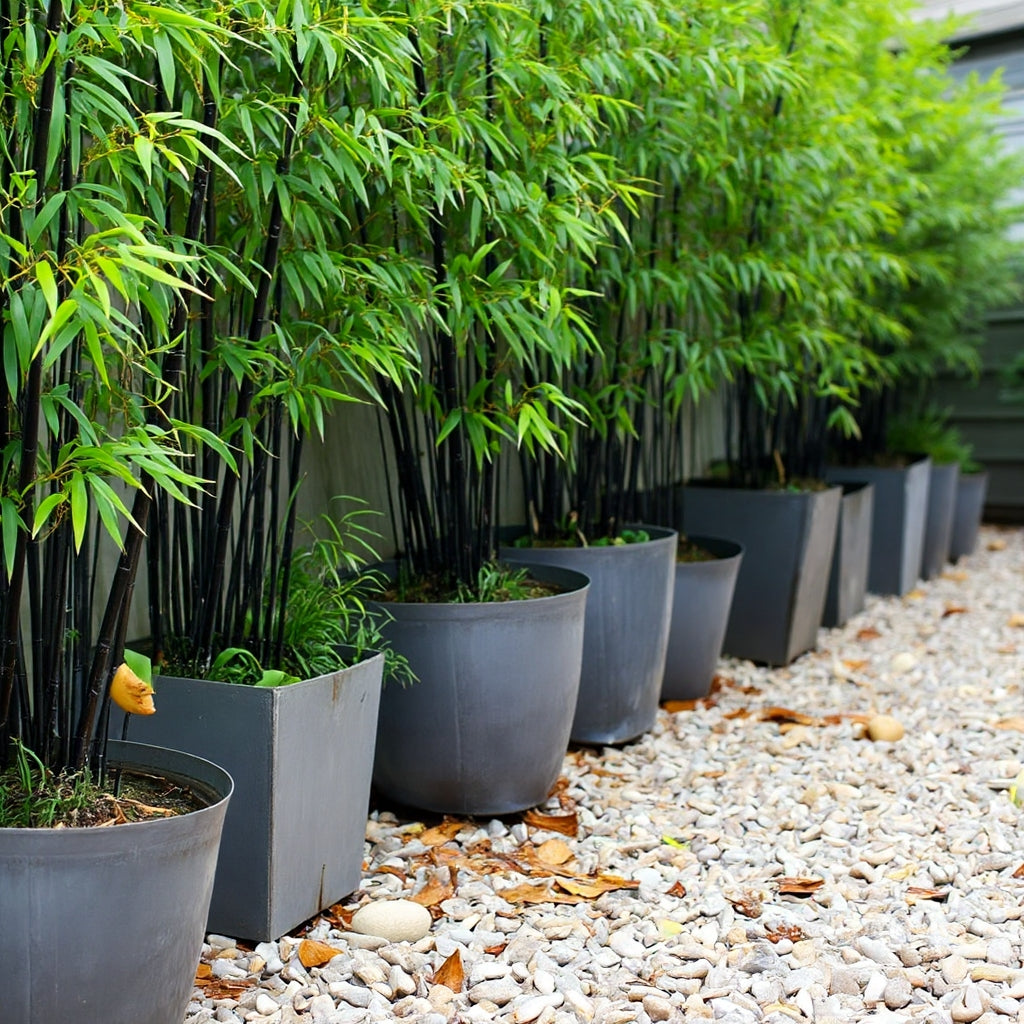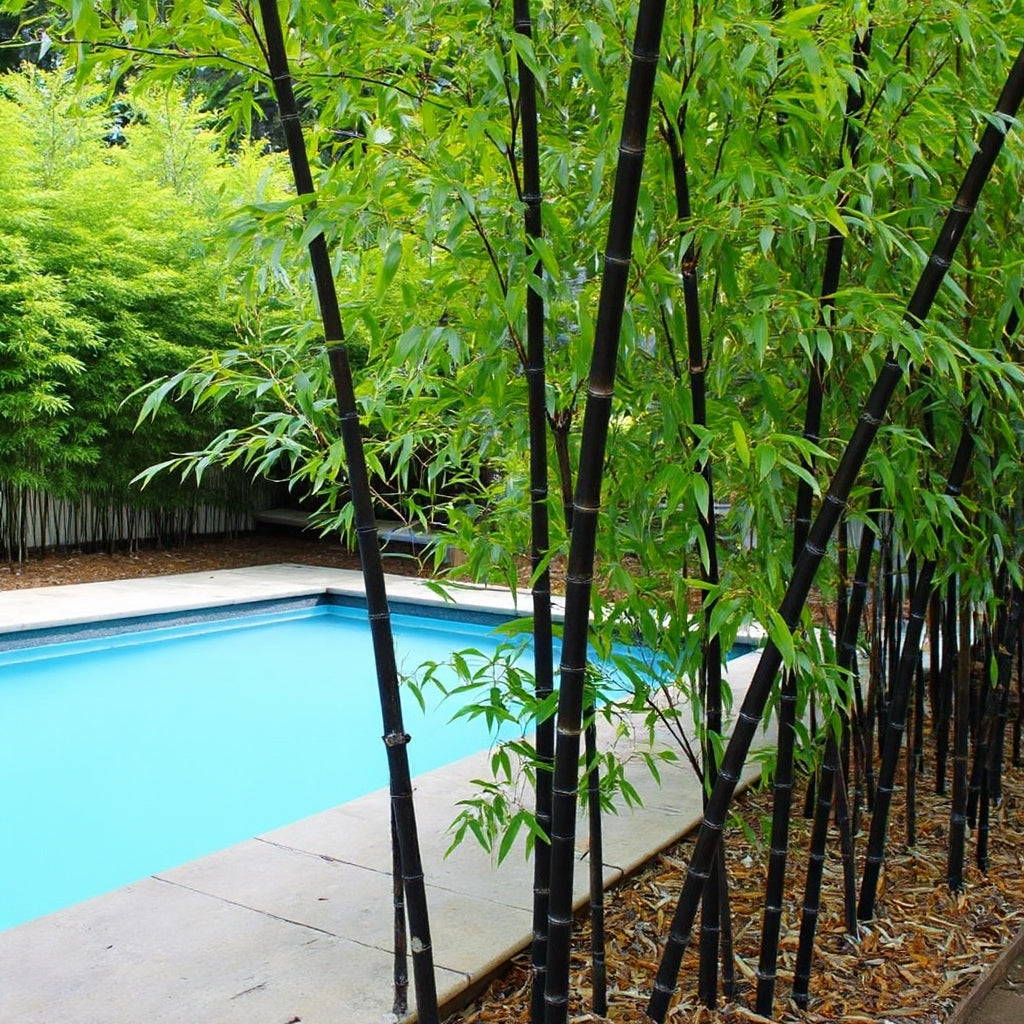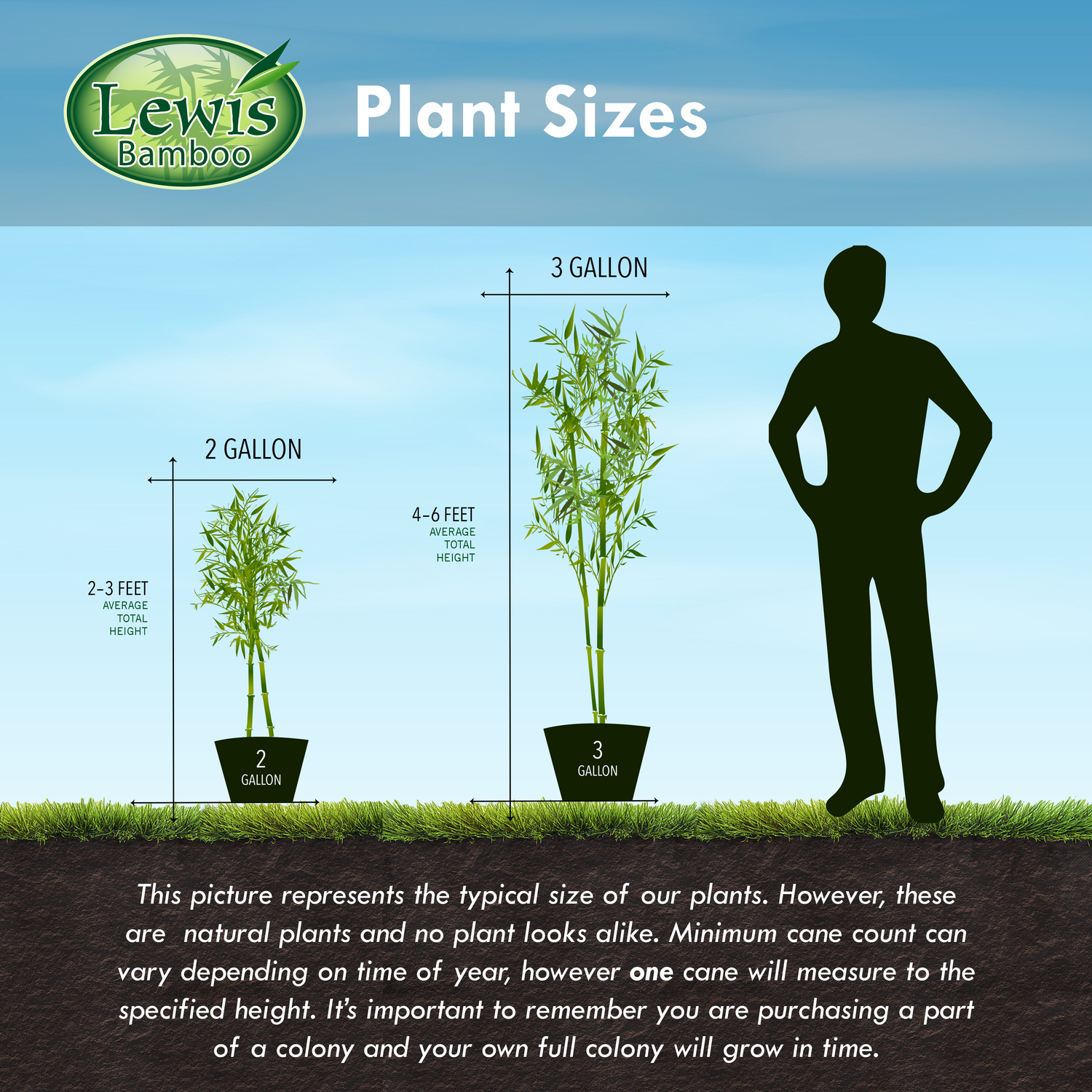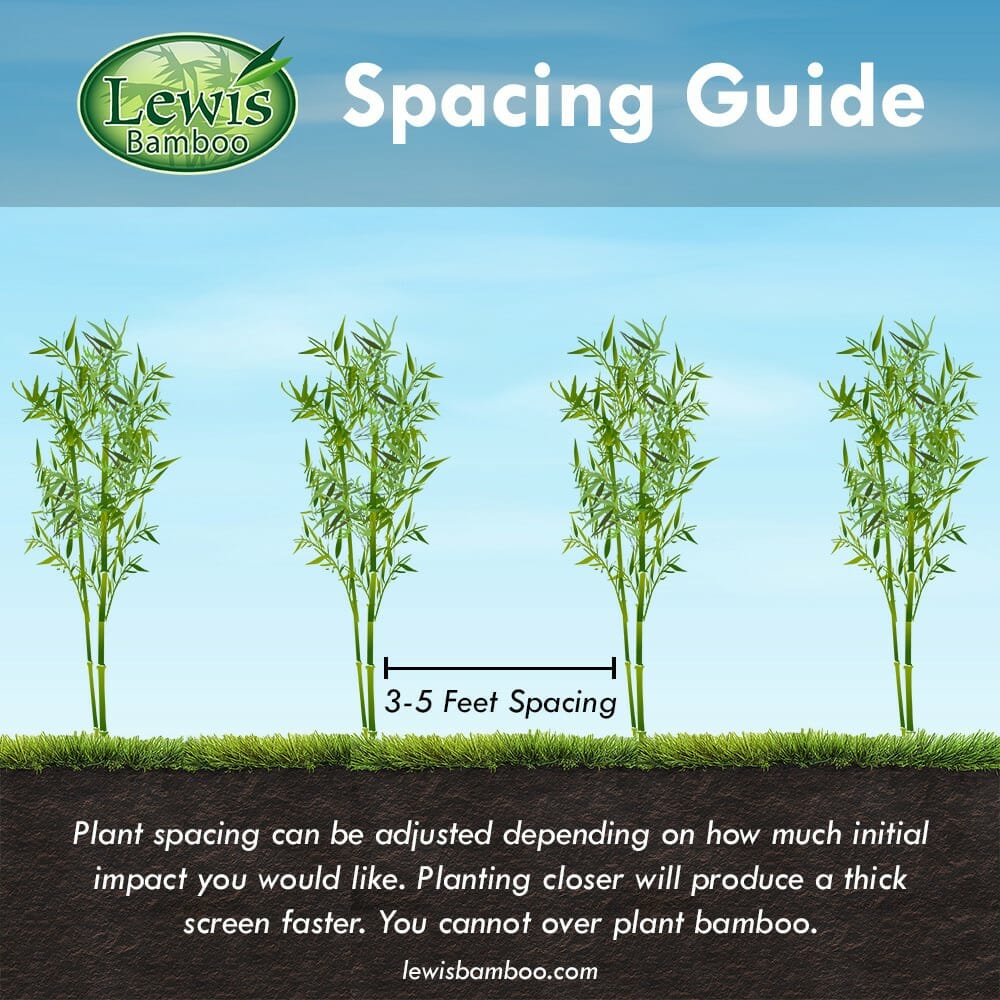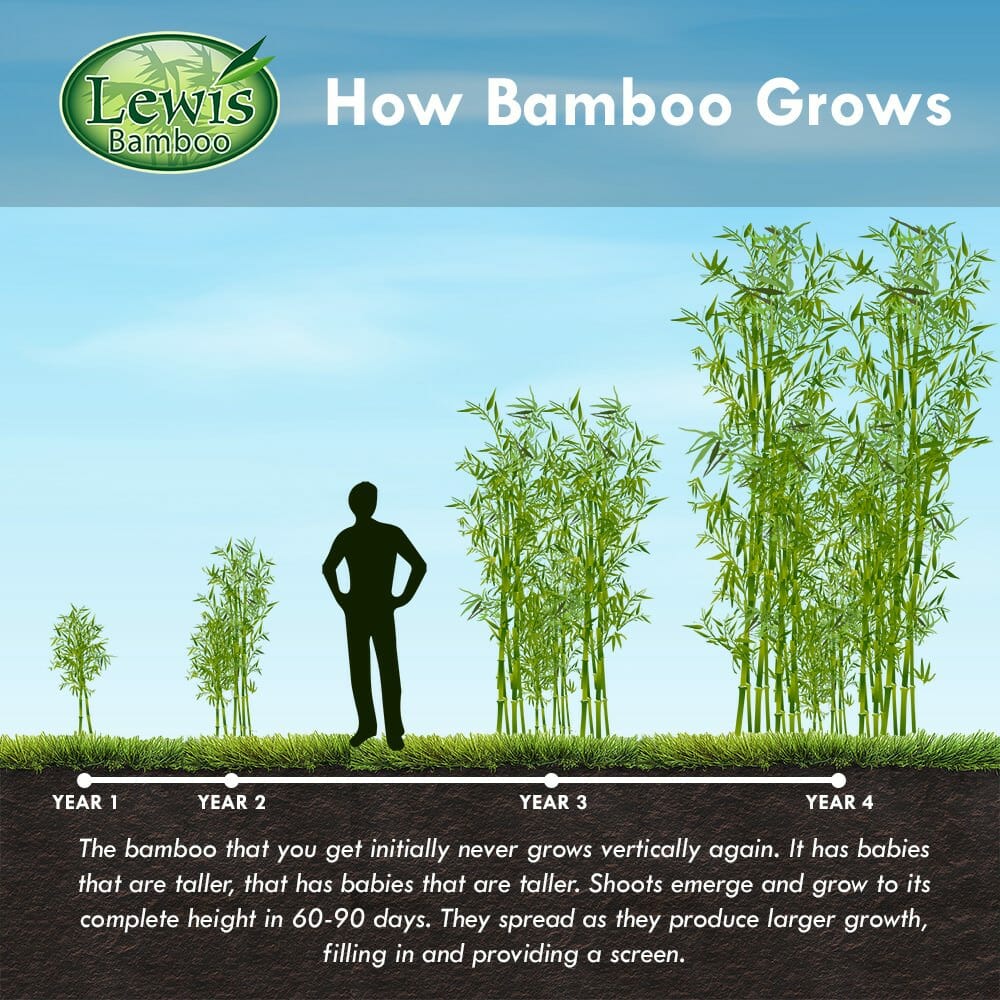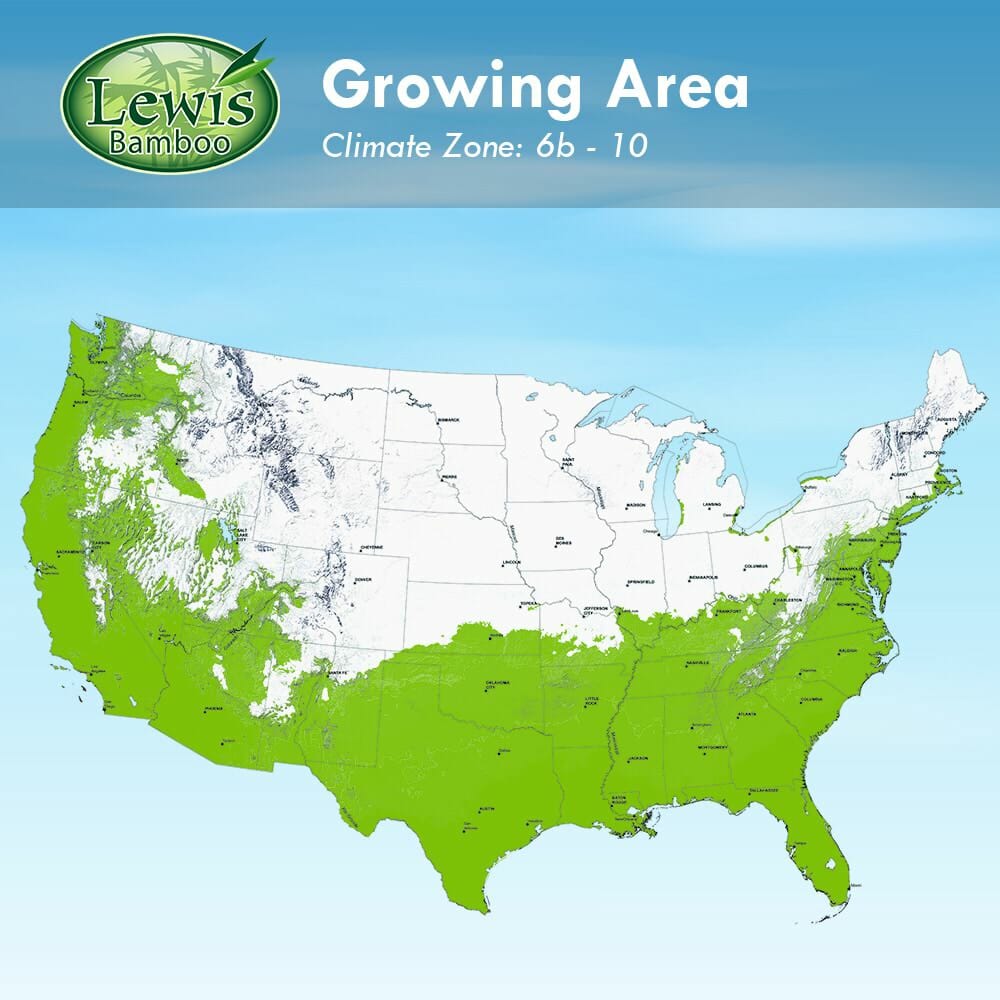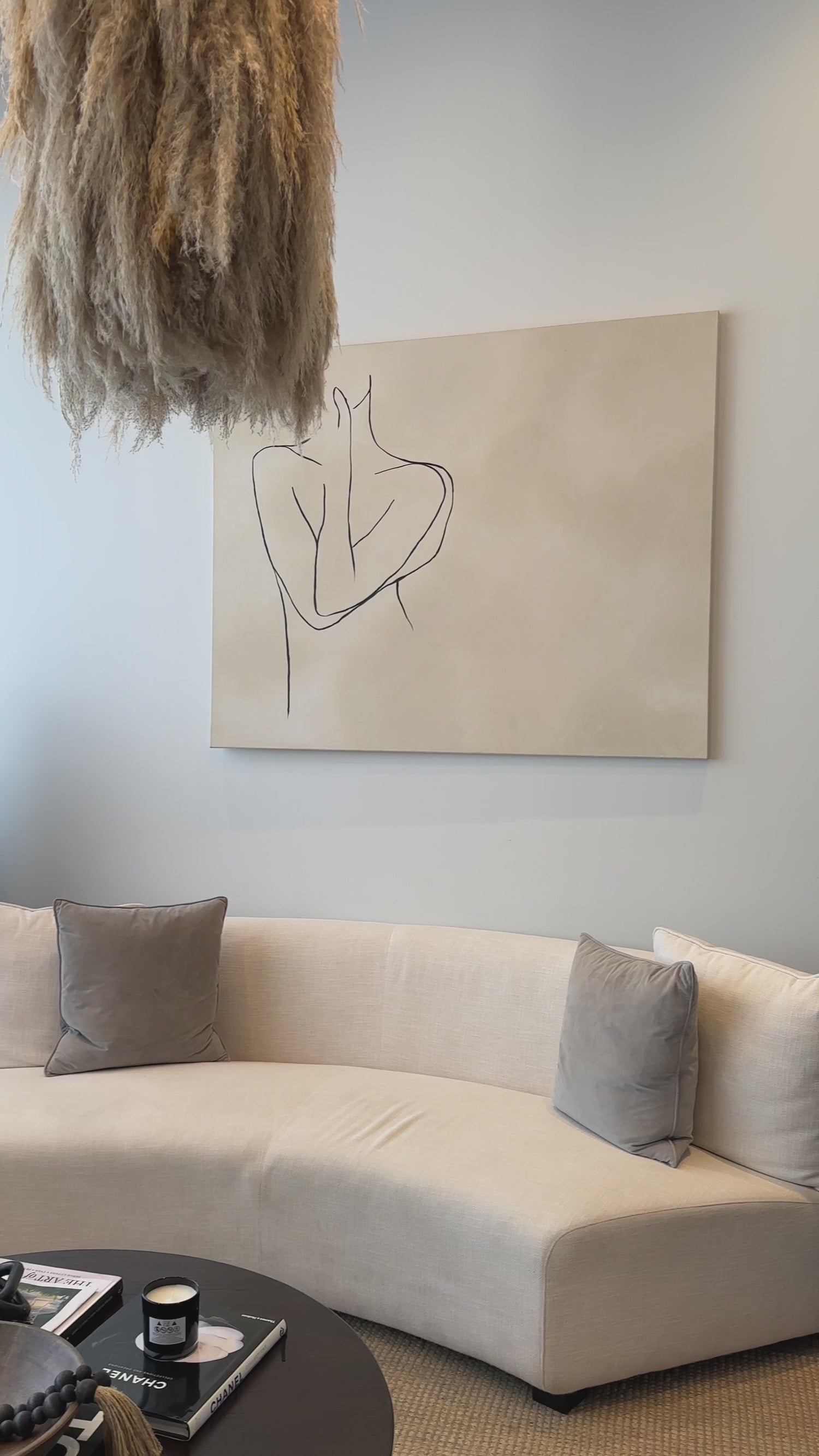Lewis Bamboo
Black Bamboo
- Visually interesting, canes turn green to black during the growing season.
- The hardiest of all black bamboo species.
- Slower to expand with minimal control efforts needed.
Couldn't load pickup availability

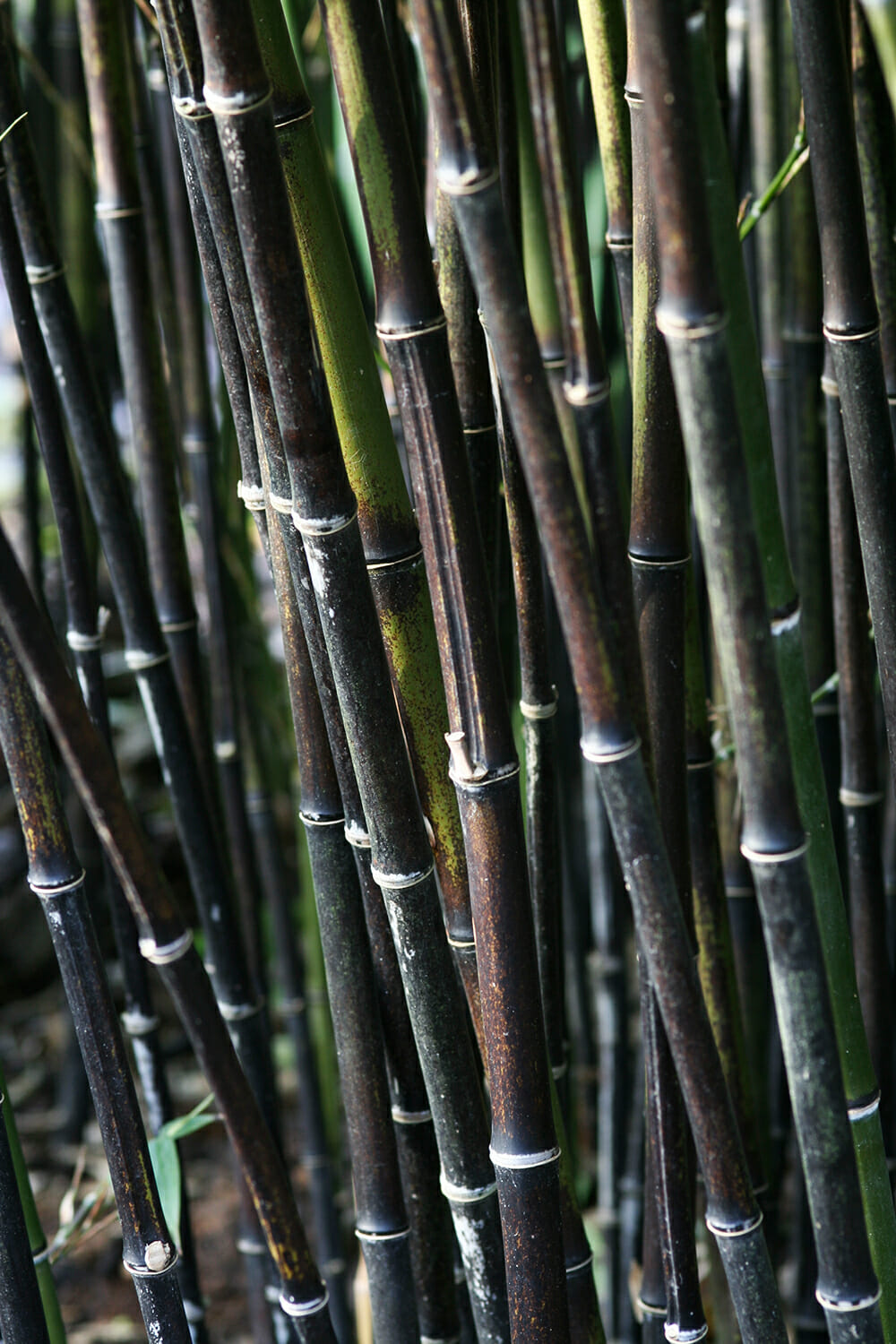
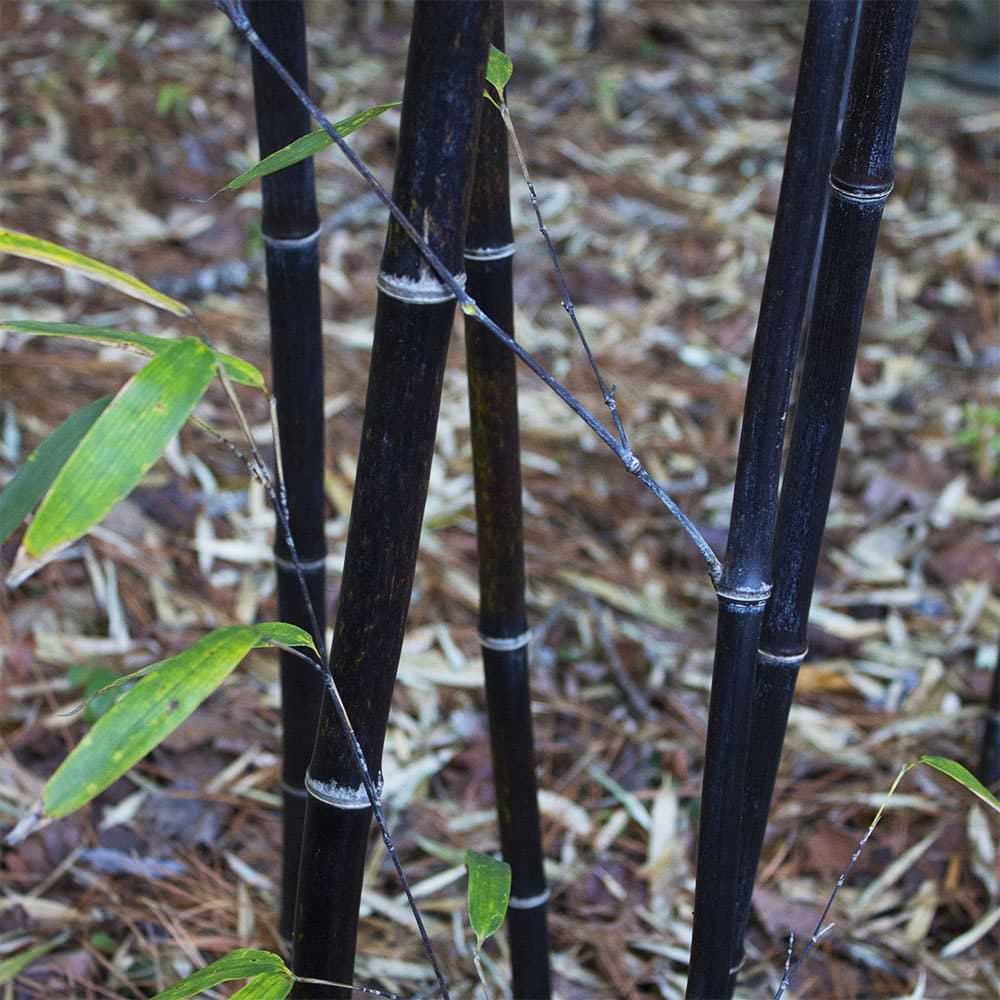
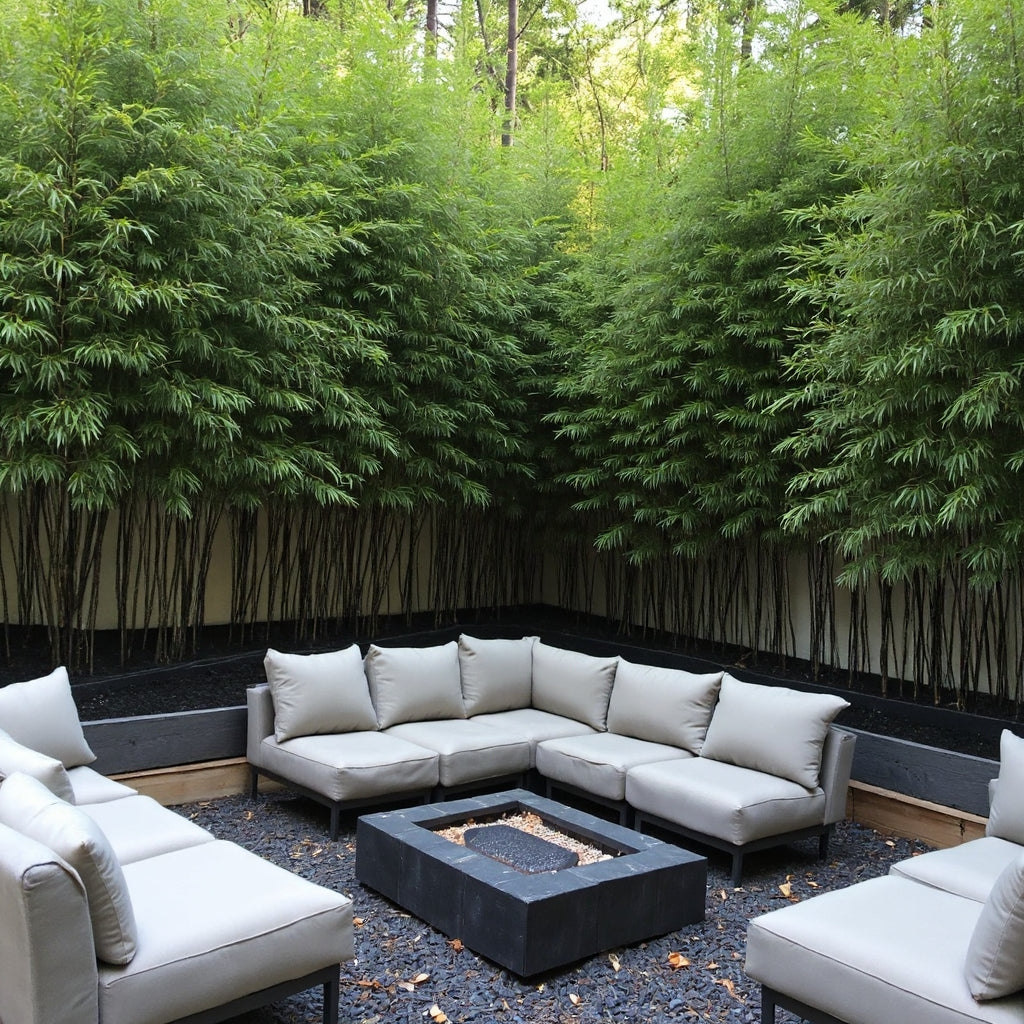
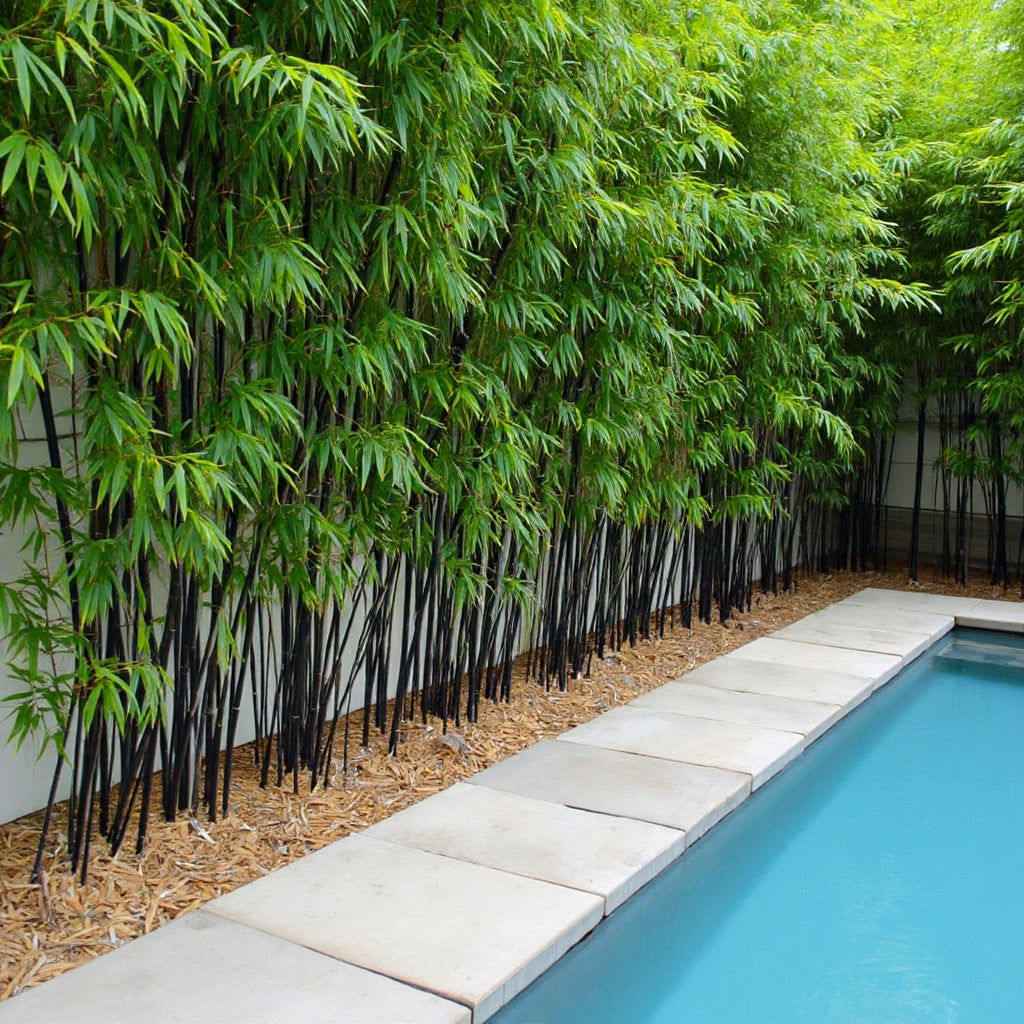
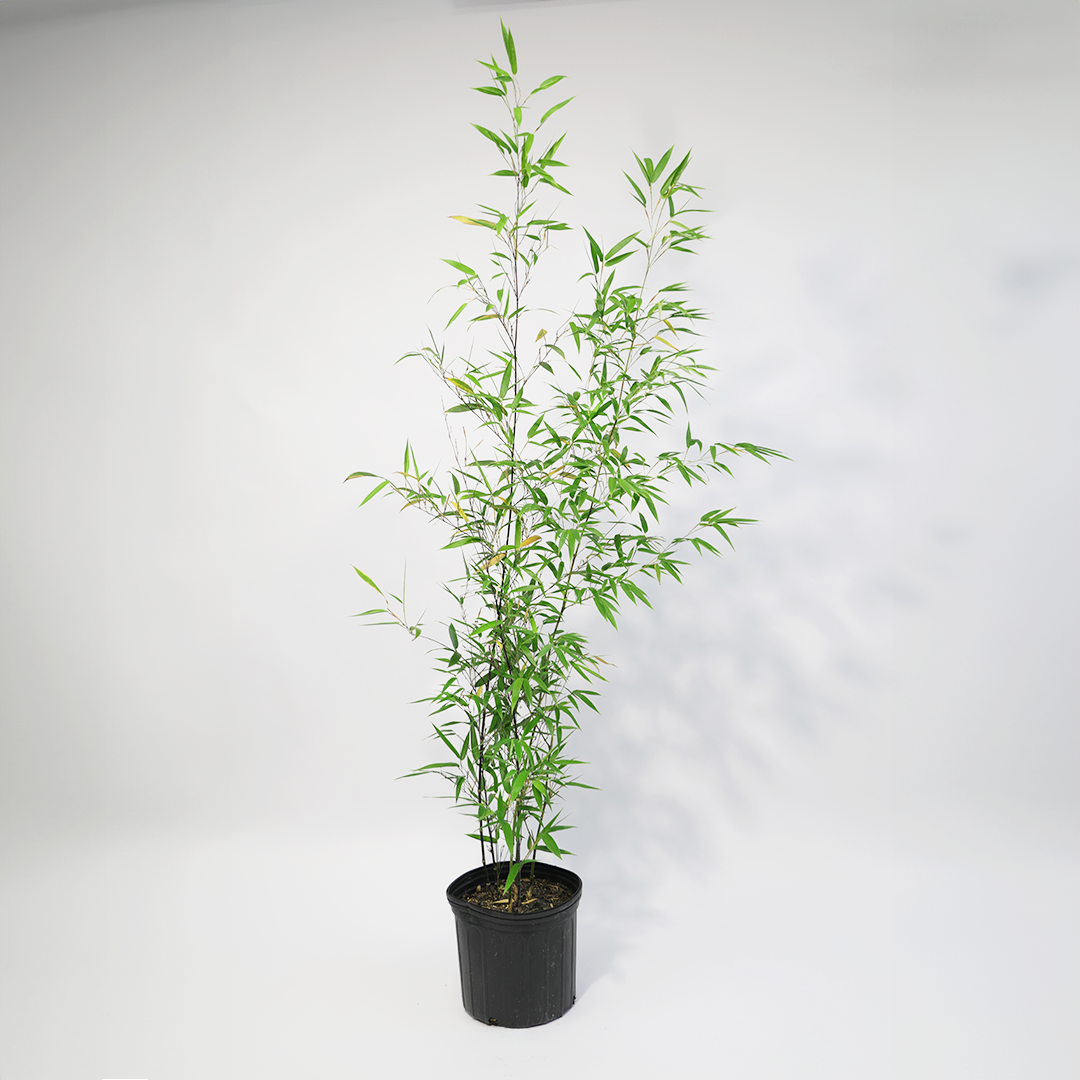
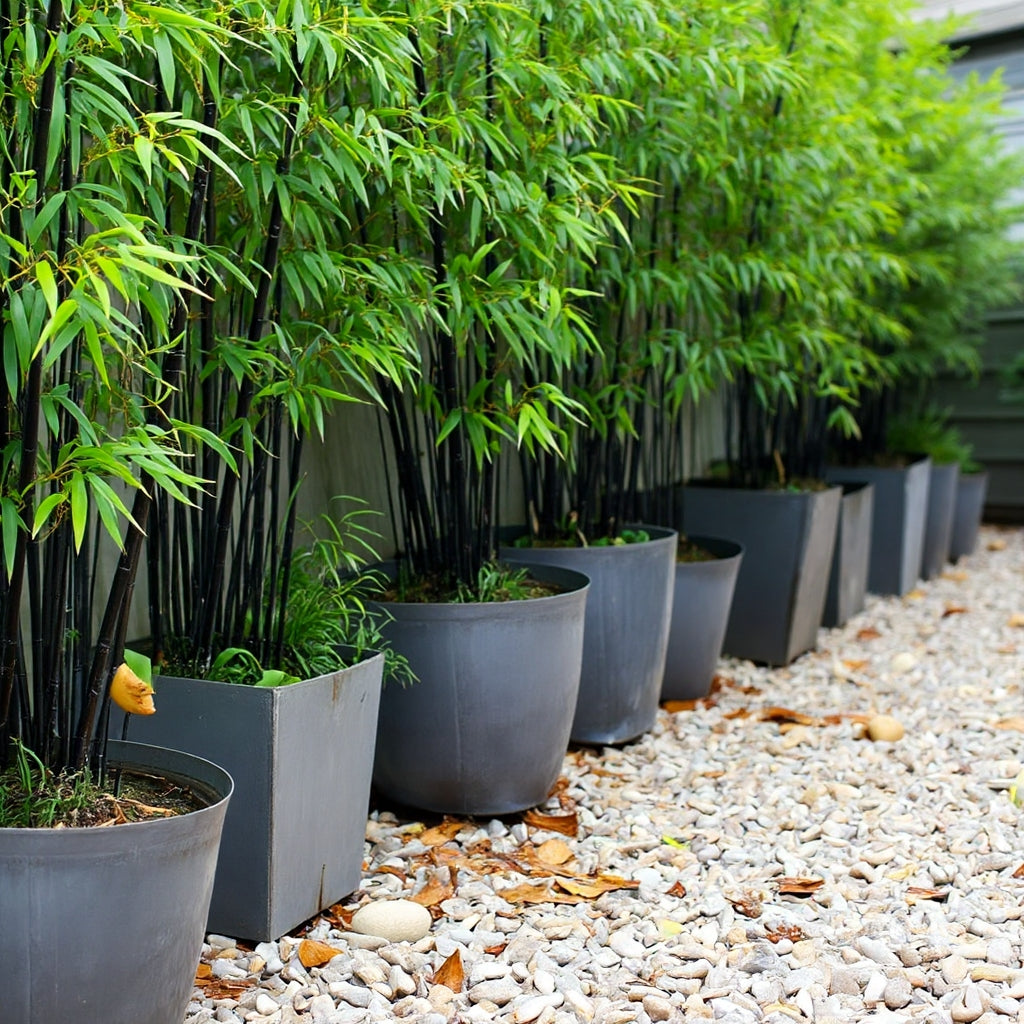
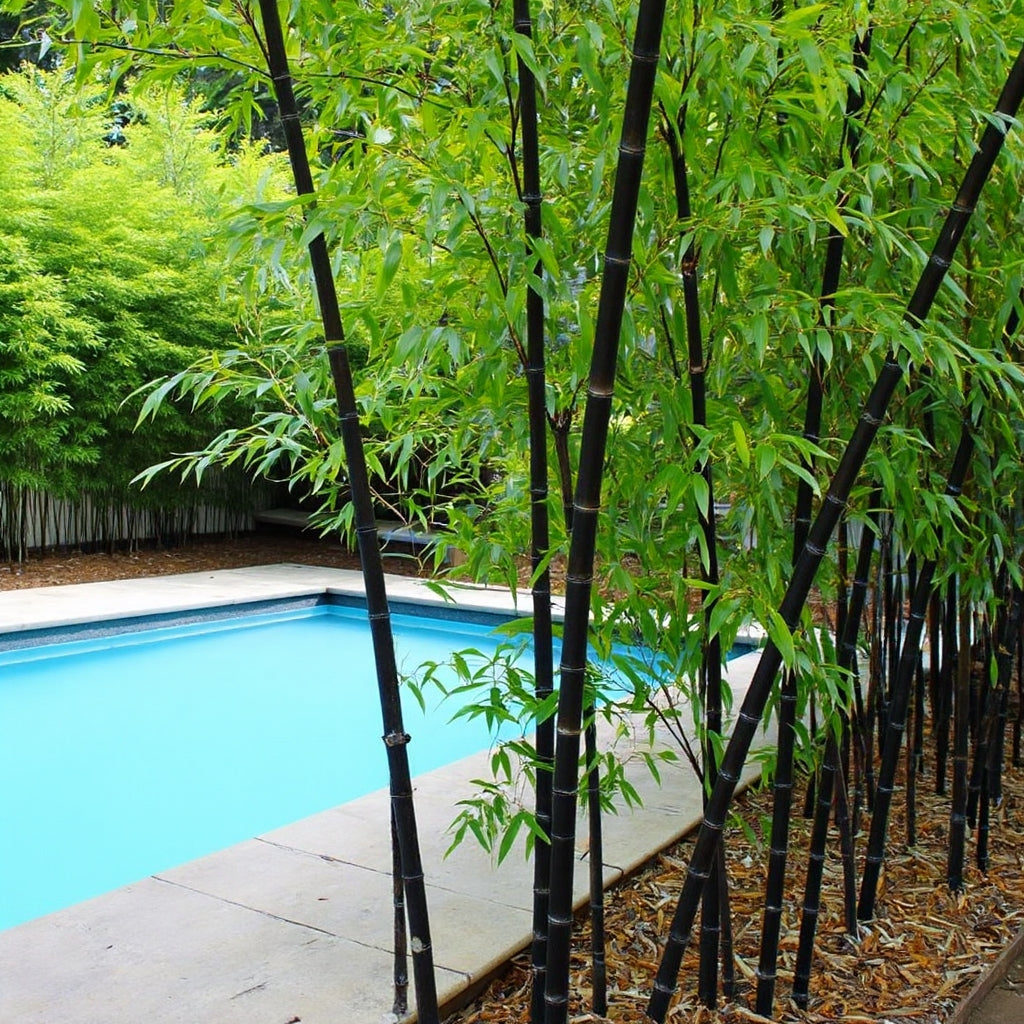

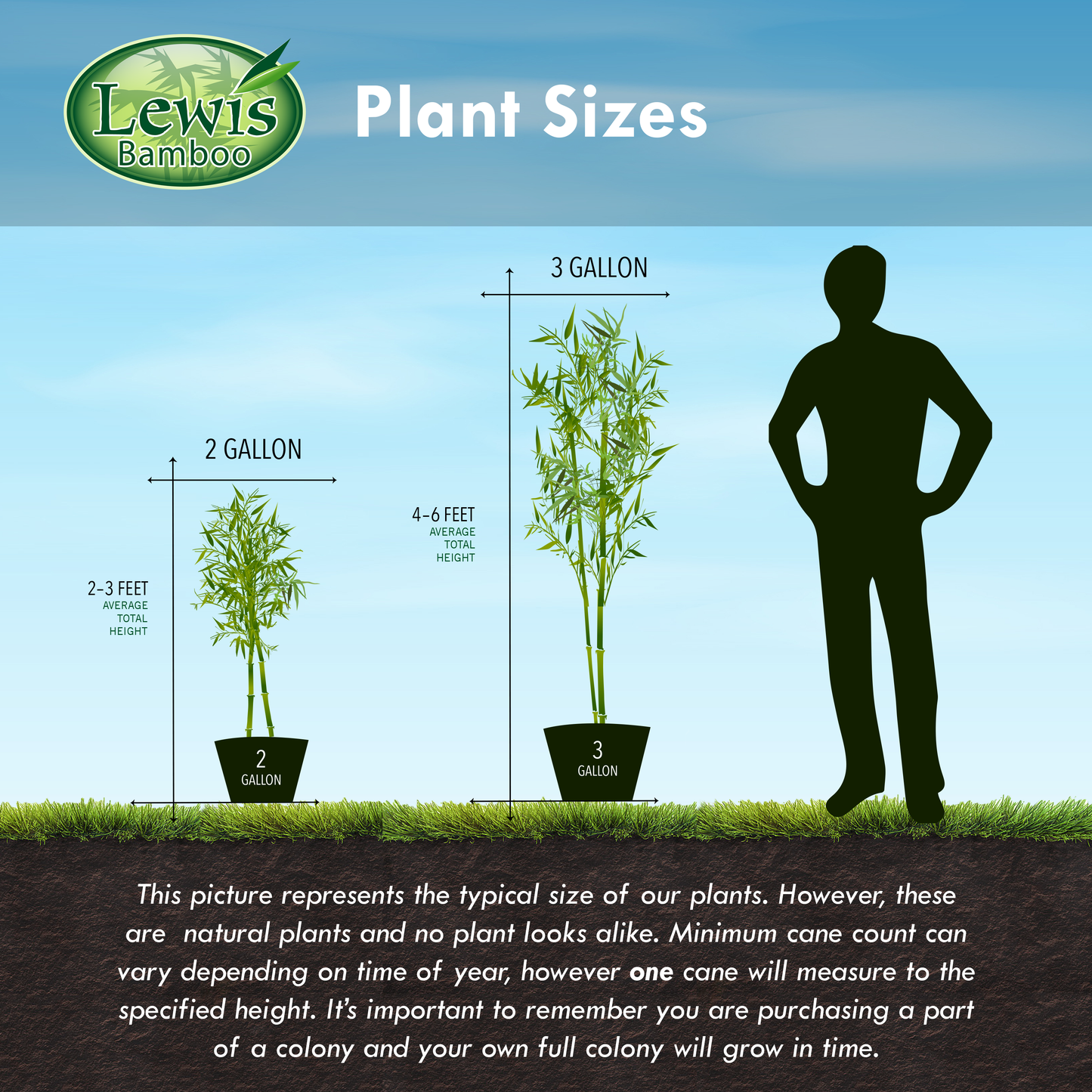

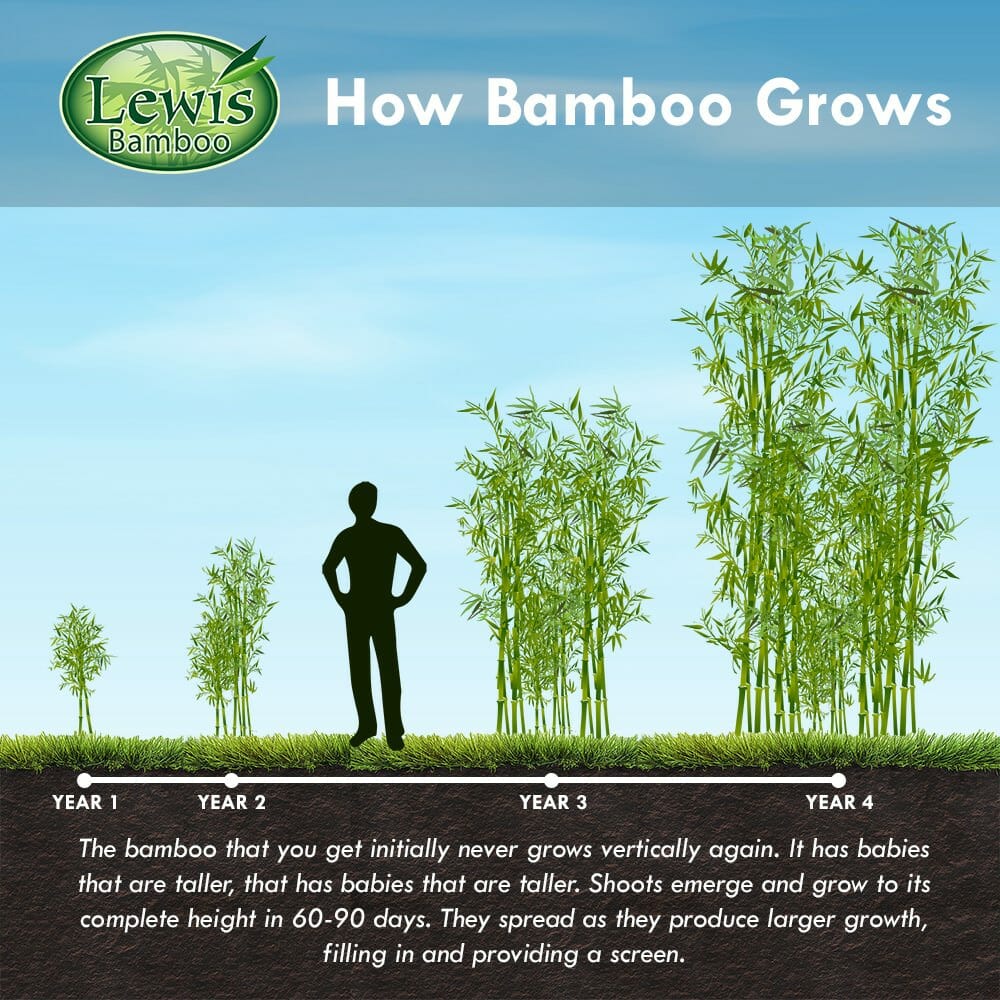
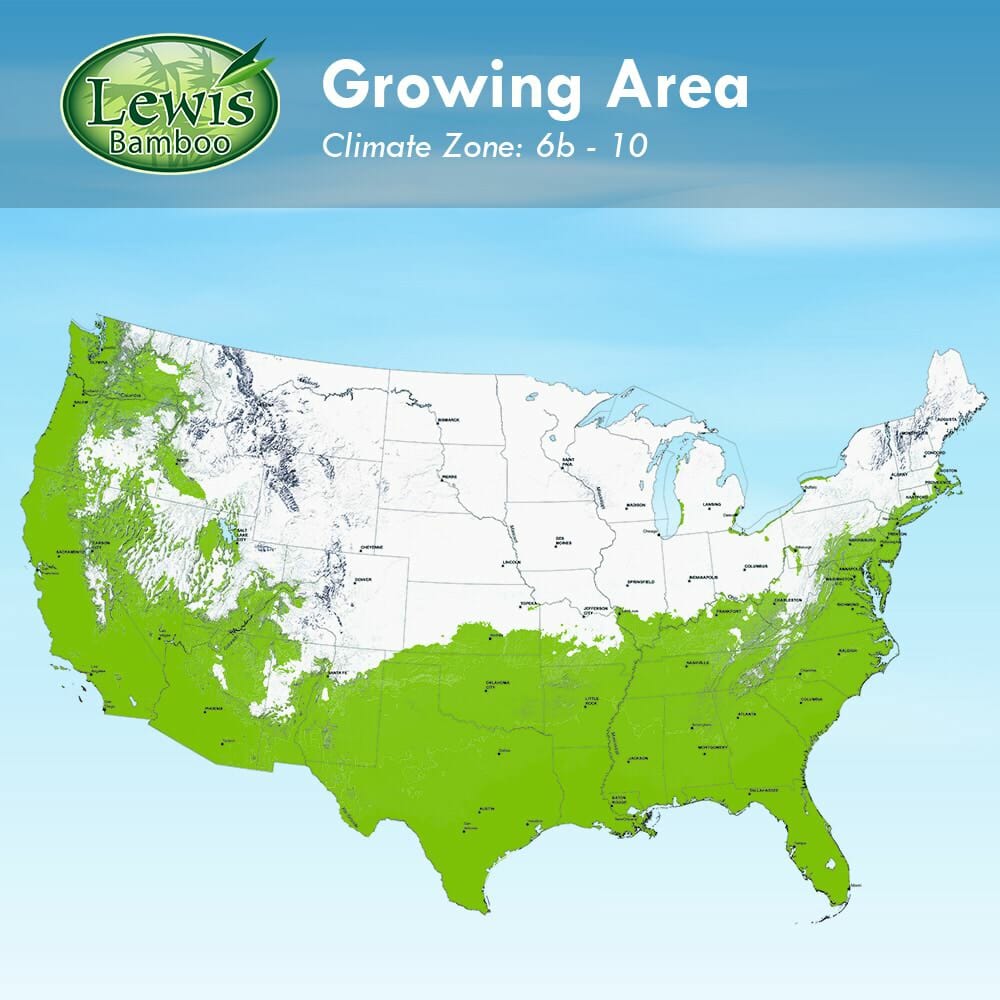
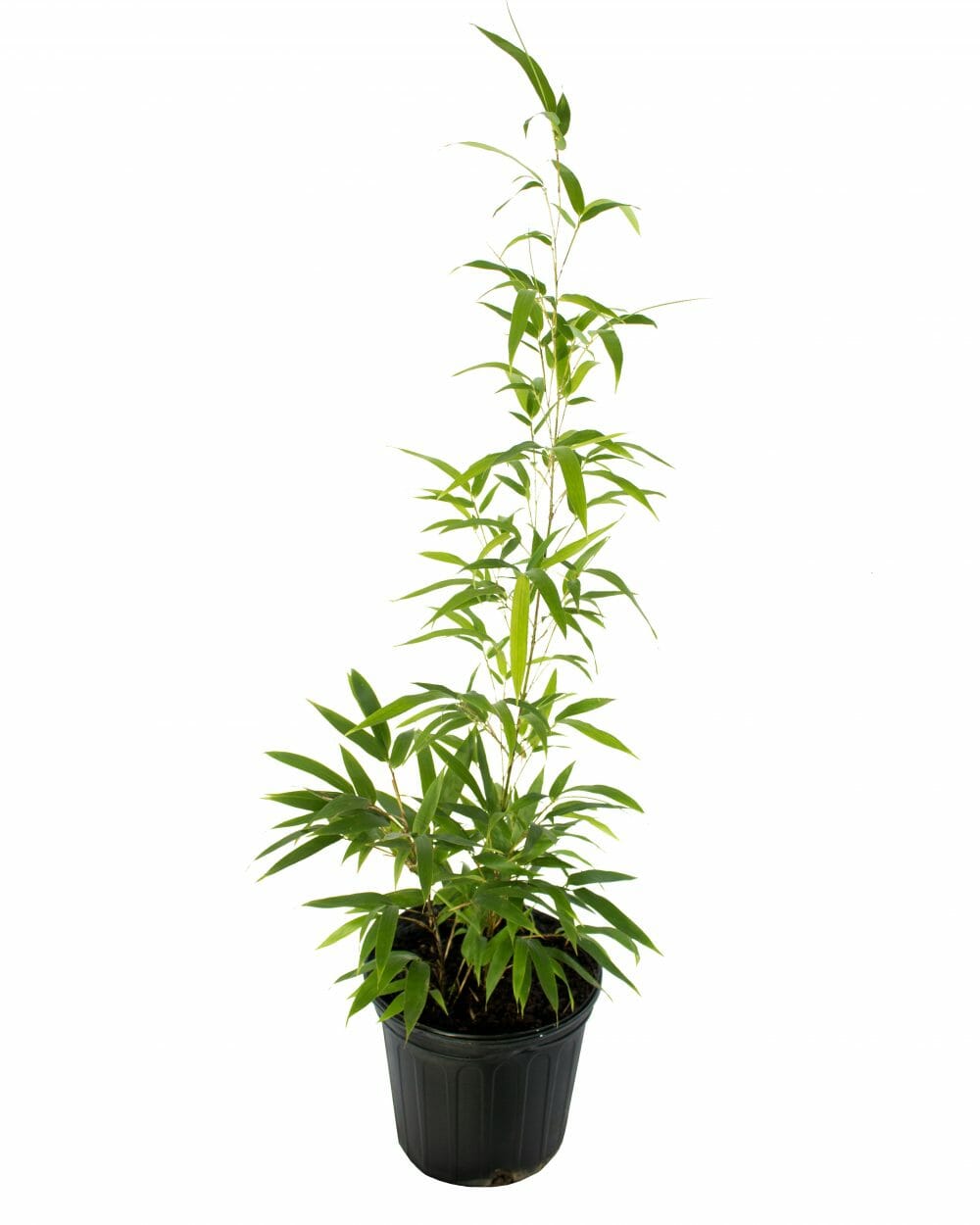
Can I grow this bamboo?
Once you enter your zip code below, we can provide recommendations just for you!
Characteristics of Phyllostachys Nigra 'Black'
Introducing the exquisite and alluring Phyllostachys Nigra 'Black Bamboo,' a captivating plant native to the enchanting realms of Taiwan and China. As the first hardy oriental bamboo introduced to the world in 1827, the legendary 'Black Bamboo' is a true masterpiece of nature, embodying grace and sophistication in every aspect.
However, as with all things rare and beautiful, the Black Bamboo does come with its fair share of quirks. This diva of the plant world demands a sun-drenched stage of at least 6 hours per day and is not recommended for indoors. It is sensitive to the gusts of wind and requires shelter from the elements. The foliage may suffer in temperatures below 10° Fahrenheit, while a complete top kill of canes can occur at -0° to -5°. As a result, we recommend this species for USDA Climate Zones 7 and 8. Fear not, for it can be grown in climate zone 6, albeit with some top damage during harsh winters. The culms may be a tad less upright and arch over in shaded areas, but a little pruning can easily remedy this.
The Black Bamboo's unrivaled charm lies in its striking contrast of dark, ebony culms and vibrant green foliage. In a mesmerizing transformation, new canes emerge green, turning a true ebony black within two years under the sun's gentle touch. The only species to boast this stunning hue, the Black Bamboo's culm sheaths feature wavy blades, prominent oral setae, auricles, and ligules that only add to its allure.
Not just a pretty face, the Black Bamboo's wood is highly valued by craftsmen for its exceptional quality. As a proud owner of this bewitching bamboo, you'll discover its captivating habits and cherish the enchanting display it brings to your garden. Embrace the elegance and intrigue of the Phyllostachys Nigra 'Black Bamboo' and let it bewitch your outdoor sanctuary.
How Bamboo Grows
Bamboo grows a little different than most plants. The bamboo that you get initially never grows vertically again. It has babies that are taller, that has babies that are taller. Every generation should be taller that the previous year's shoots. The intriguing aspect is that each year’s growth emerges and grows to it complete height in 60-90 days. They spread as they produce larger growth, filling in and providing a screen.
This link will help you learn how bamboo grows. It will give you an idea of what kind of growth to expect from your planting. It is a lot of information, but well worth your time. How Bamboo Grows
Planting Instructions
Planting bamboo is also easy. You want to dig a hole about twice the size of the root ball. When you plant the bamboo amend your soil with composted manure and a good top soil. Bamboo can be planted at ground level or slightly deeper. It is not a picky about it conditions but this will help get it off to a good start.

More details can be found on our Planting Instruction Page
Spacing between plants
One division of bamboo will start a grove or screen over time. However, if you want a privacy screen fast, we recommend planting bamboo 3 to 5 feet apart. This will hopefully allow you to have a good screen in three years. There are a lot of factors such as water, sunlight, and climate zones that speeds up or slows down the process. Three years is about the average on this spacing, closer planting will allow you to screen or develop your grove faster. You cannot over plant bamboo.
Maintenance
Fertilizing
Bamboo can benefit from a fertilization program. You can safely fertilize your bamboo once it has been in the ground for one month. A time release fertilizer will work great. Time release fertilizers allow for proper absorption in case your soil is out of PH balance. We offer some fertilizer to help with growth. We fertilize twice a year. Once in the early spring to encourage new growth and then again during the middle of the grow season to replace any nutrients that are being depleted. Click here to see our recommended fertilizer: Our Fertilizers
Control
Over the years a lot of myths have been told about bamboo, while it can spread under good conditions, it is not as invasive as many people would have you believe. In colder climates an aggressive runner here in the south will hardy spread at all in comparison. We have been growing bamboo since 1985 and had experience with it long before that. The bamboo's underground root system (rhizome) will spread beyond the initial planting over the years, so in the next two or three years you will need to decide on some method of containment on the sides you do not want the rhizomes to run over into.
We have constructed a page discussing multiple methods of controlling bamboo. It goes over root pruning, mowing new shoots, and in ground barriers: Controlling Bamboo
All this said and it may discourage you, but as with any plant there will be maintenance. Bamboo is very beautiful and is great in a Japanese style garden, but it will need maintenance down the road. At first it may seem to be doing nothing, but after 3 to 5 years you will have a lot of beautiful culms (canes) and love the foliage. All our 150 plus species simply contained by mowing and weed eating the new Spring and Summer shoots. Hopes this helps and don't be afraid of the bamboo.


